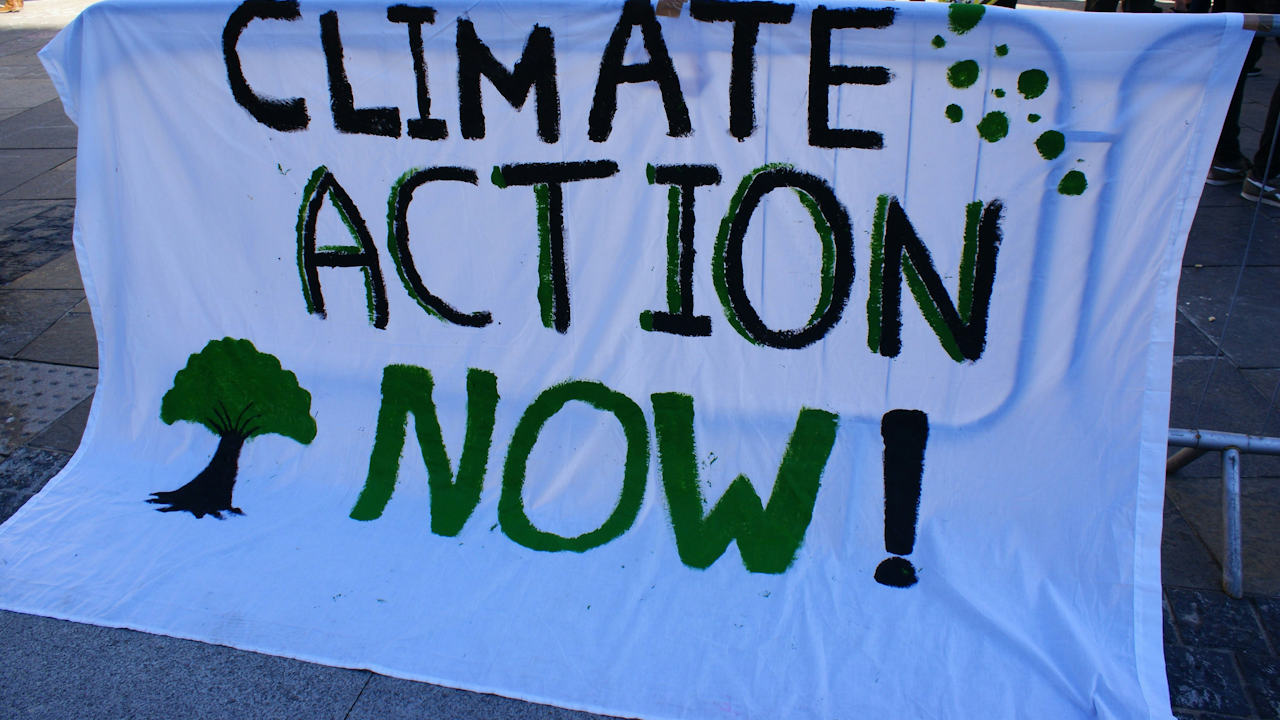In the age of climate anxiety and environmental accountability, carbon offsetting has become a buzzword, often touted as a simple solution for individuals and companies trying to reduce their carbon footprint. From airlines offering offset options at checkout to corporations pledging carbon neutrality through reforestation efforts, offsetting promises a guilt-free path to sustainability. But beneath the surface of this climate-conscious trend lies a more complicated reality. The key question remains: does carbon offsetting actually work?
At its core, carbon offsetting is the practice of compensating for greenhouse gas emissions by funding projects that either remove CO₂ from the atmosphere or prevent future emissions. Common examples include planting trees, supporting renewable energy initiatives, and investing in methane capture at landfills. In theory, the math is straightforward—emit carbon in one place, offset it elsewhere—but in practice, it’s far messier.
One of the main issues is the concept of additionality. For an offset to be valid, it must fund a project that would not have happened without the offset payment. If a wind farm would have been built anyway due to local energy policies or economic incentives, then paying to support it does not actually offset anything. Unfortunately, determining whether a project is truly “additional” is complex, and many programs lack the transparency or rigorous oversight to prove it.
Another challenge is permanence. Consider tree-planting projects, which are among the most popular forms of carbon offsetting. While trees do absorb carbon as they grow, they are not permanent carbon sinks. Wildfires, deforestation, pests, or disease can destroy forests in a matter of days, releasing all the stored CO₂ back into the atmosphere. If an offset is only temporary, it cannot truly counterbalance emissions that are effectively permanent in the atmosphere for hundreds of years.
Verification is also a major concern. Carbon markets—especially voluntary ones—are often poorly regulated, and many offsets are issued based on estimated future reductions rather than real, measurable outcomes. This leads to credits being sold for reductions that may never materialize. While some certification bodies like Gold Standard and Verra attempt to enforce high standards, the system is still riddled with inconsistencies and loopholes.
Even when offsets are properly verified and additional, there’s the risk of unintended consequences. For example, afforestation projects in developing countries may involve planting monoculture forests that reduce biodiversity, consume scarce water resources, or displace local communities. Offsetting efforts can become a new form of environmental colonialism when driven by wealthier countries or corporations without meaningful input from the people directly affected by the projects.
Despite these criticisms, offsetting is not entirely without merit. When done responsibly, it can play a role in a broader climate strategy. For instance, high-quality offsets can fund essential conservation work, protect existing forests, or enable renewable energy in underserved areas. These projects can offer real environmental and social benefits, especially in regions that lack the infrastructure or capital for such investments.
However, the danger lies in treating offsets as a get-out-of-jail-free card. Many companies tout “carbon neutrality” through offsets while continuing business as usual. This practice, sometimes referred to as greenwashing, allows polluters to maintain or even grow their emissions while claiming environmental responsibility. It diverts attention from the hard work of reducing emissions at the source—through cleaner technologies, energy efficiency, and systemic change.
The psychological effect of offsets also deserves scrutiny. For individuals, paying a small fee to offset a flight might alleviate guilt, but it can also reduce motivation to make more impactful changes like flying less or switching to cleaner transportation. This “moral licensing” can undermine long-term behavioral shifts essential to addressing climate change.
A more constructive way to view offsets is as a last resort rather than a first step. They can serve as a tool to address the emissions that are hardest to eliminate after all other reductions have been pursued. This aligns with the “mitigation hierarchy” approach: avoid, reduce, then offset. Using this framework, emissions should first be avoided altogether (e.g., by traveling less), then reduced through efficiency and clean energy, and only finally offset when no other options remain.
Progress is being made toward higher standards and greater transparency in the offsetting world. New approaches like carbon removal technologies (e.g., direct air capture and enhanced rock weathering) are gaining traction, offering more measurable and permanent ways to store carbon. However, these technologies are still in early stages and require massive investment to scale.
Ultimately, offsetting alone cannot solve the climate crisis. The atmospheric carbon budget is shrinking rapidly, and humanity cannot afford to rely on accounting tricks or unverified promises. Deep emissions cuts across all sectors—transportation, energy, agriculture, and beyond—are non-negotiable. Offsets may play a supporting role, but they are not a substitute for real, systemic action.
So, does carbon offsetting really work? Sometimes. But only when it’s used wisely, transparently, and in conjunction with aggressive efforts to cut emissions at the source. It’s not a silver bullet—but it might be a useful tool in the climate toolbox, if handled with care and honesty.

